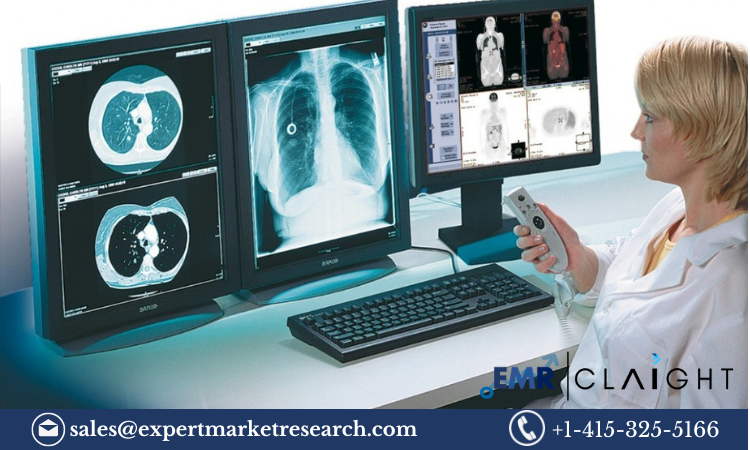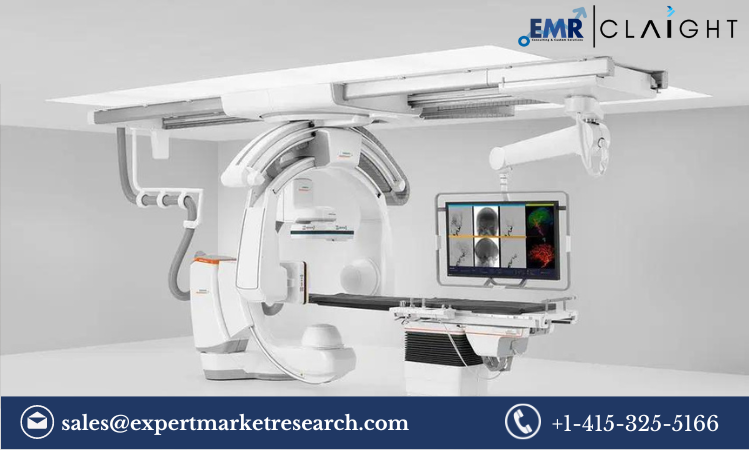The Australia and New Zealand Radiology Services Market is expanding rapidly, with a projected compound annual growth rate (CAGR) of 6.4% from 2024 to 2032. This growth stems from an aging population, increasing chronic disease rates, and advancements in diagnostic technology. Here, we’ll break down the significant drivers, trends, leading companies, and what the future holds for this dynamic market.
Why is the Radiology Market Growing?
- Aging Population
Australia and New Zealand have aging populations, particularly in urban centers where healthcare resources are concentrated. As people age, they are more prone to chronic illnesses like cardiovascular disease, cancer, and orthopedic issues, all of which require diagnostic imaging for effective treatment. This demographic shift directly fuels the demand for radiology services, from MRI and CT scans to routine X-rays. - Increase in Chronic Diseases
Chronic diseases, including diabetes, cancer, and heart disease, are on the rise in Australia and New Zealand. Diagnostic imaging is crucial for detecting, monitoring, and managing these conditions. For instance:- Cancer: Early detection through imaging, especially mammography and MRI, improves survival rates.
- Cardiovascular Disease: Imaging like CT angiography helps detect blockages, assess heart function, and guide treatment plans.
- Diabetes: Diagnostic imaging tracks complications like neuropathy and circulatory issues, essential for managing the disease.
- Push for Early Diagnosis and Preventive Care
Globally, healthcare systems are focusing more on preventive care to improve patient outcomes and reduce treatment costs. Early diagnosis is a key part of this approach, as catching diseases in their initial stages can make treatments more effective and less expensive. Radiology services are at the heart of early diagnosis, with imaging technology continually advancing to detect diseases even at microscopic levels. - Government Initiatives and Investments
Governments in both countries are investing in healthcare infrastructure, making radiology services more accessible. These investments include funding for public healthcare facilities to purchase advanced diagnostic equipment and incentives for private healthcare providers to expand their services. Such support enables hospitals and clinics to offer state-of-the-art imaging technologies, ensuring patients have access to high-quality diagnostics.
Top Trends Transforming the Radiology Market
- Expansion of Advanced Imaging Centers
With increased funding, many radiology providers are investing in high-tech imaging centers. For example, TRG Imaging, a prominent radiology company, recently opened a new clinic in Hawke Bay, New Zealand. This clinic features Siemens’ 3T MRI machine, which offers superior image quality for more accurate diagnoses. In early 2024, TRG Imaging plans to add a PET-CT scanner and a specialized Therapy Centre, providing advanced imaging and treatment options for patients. - Artificial Intelligence (AI) Revolutionizing Diagnostics
AI is making waves in radiology by enhancing the speed and accuracy of image analysis. AI algorithms can scan thousands of images, identifying potential abnormalities that may be missed by the human eye. Key AI applications include:- Automated Image Analysis: AI can detect subtle changes in scans, helping radiologists identify diseases at early stages.
- Improved Workflow: AI speeds up diagnostic workflows, allowing radiologists to handle more cases efficiently.
- Predictive Analytics: By analyzing patterns, AI can help predict disease progression, enabling more personalized treatment plans. The adoption of AI in radiology is set to grow as more healthcare facilities see the benefits of integrating AI tools into their diagnostic processes.
- Teleradiology for Improved Accessibility
Teleradiology allows radiologists to remotely interpret images, which is particularly beneficial for rural or underserved areas where access to specialists can be limited. With teleradiology, a patient in a rural area can have their imaging done locally, and the images can be analyzed by a specialist in a city or another part of the country. This technology is especially valuable in Australia, where remote regions often lack access to advanced healthcare services. Teleradiology has the potential to bridge the urban-rural gap in diagnostic services, ensuring patients get timely diagnoses regardless of location. - Shift Towards Outpatient Imaging Centers
As healthcare costs rise, patients are increasingly seeking diagnostic services in outpatient settings, which are often more affordable and convenient than hospitals. Outpatient imaging centers offer faster service, flexible hours, and sometimes lower prices, making them a popular choice for routine imaging. In response, many companies are focusing on opening or expanding outpatient facilities, giving patients greater options for accessing radiology services without needing to visit a hospital.
Leading Companies Shaping the Radiology Market
- Siemens AG – Known for innovation, Siemens leads in advanced imaging technology and AI-driven solutions. The company’s imaging machines are widely used in Australia and New Zealand for their precision and efficiency.
- Canon Medical Systems Corporation – Canon provides a wide range of diagnostic imaging systems, including CT, MRI, and ultrasound machines tailored for the needs of local healthcare providers.
- TRG Imaging – This local leader in New Zealand focuses on expanding access to high-quality imaging. The company’s new clinics and investment in advanced equipment like the PET-CT scanner show its commitment to improving healthcare infrastructure.
- General Electric (GE) – GE is well-regarded for its innovative imaging systems and has a strong presence in Australia and New Zealand. GE often collaborates with local providers, enhancing the quality and accessibility of radiology services.
Future Outlook: Radiology’s Role in the Future of Healthcare
- Personalized Diagnostics and AI
With further advancements in AI, radiology will increasingly focus on personalized diagnostics. For instance, imaging could soon help identify genetic markers or individual traits that predict a patient’s response to treatment. Personalized diagnostics would allow radiologists to provide targeted recommendations for treatment, revolutionizing how chronic conditions are managed. - Telemedicine and Remote Diagnostics Growth
Telemedicine is growing rapidly, and teleradiology is a natural extension. This trend is likely to expand further, with more healthcare providers using teleradiology to ensure patients in remote locations have access to high-quality diagnostics. By 2032, a significant portion of radiology services in Australia and New Zealand may be delivered through remote diagnostics, making healthcare more inclusive. - Increased Focus on Preventive Healthcare
The demand for preventive healthcare is set to increase as healthcare providers prioritize early detection. Imaging services are central to this shift, allowing diseases to be detected in their earliest stages. As this demand grows, expect to see more investment in imaging technology and a greater emphasis on public awareness for regular screenings. - Rising Investment in Rural Health
Accessibility to radiology services remains a challenge in rural areas. Companies are expected to invest in modular and mobile imaging solutions to extend diagnostic services to remote areas. By offering mobile units or setting up temporary imaging centers, radiology providers can reach underserved populations, helping to improve healthcare outcomes across the region.



